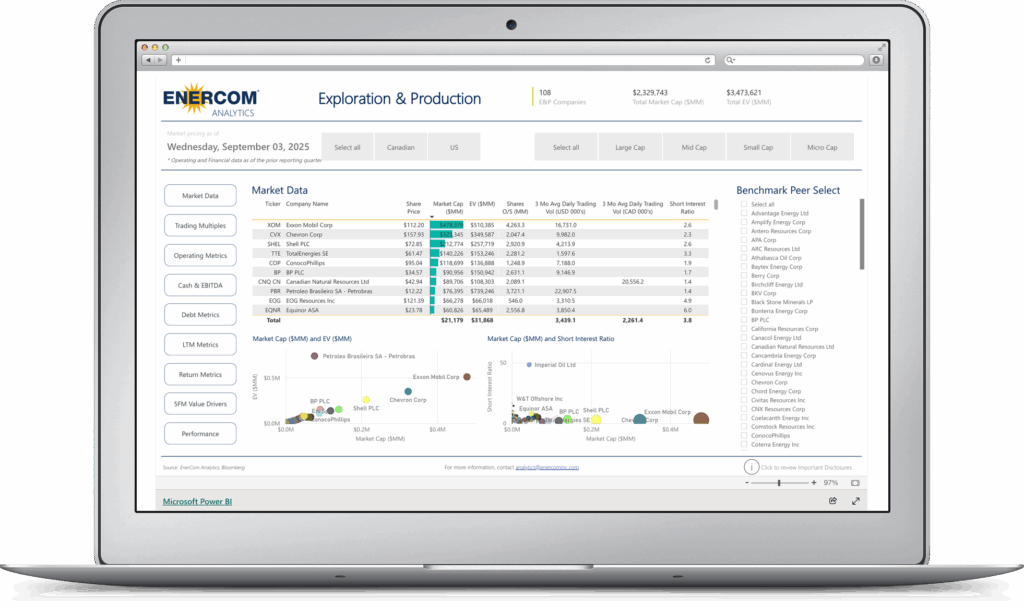From Reuters/Longview News-Journal
Texas oil companies have hired about 30,000 workers in the past year, a sharp turnaround after laying off a third of the industry’s statewide workforce during the oil bust that began in late 2014.
The number of Texas oil and gas workers reached more than 222,000 in September, up 16 percent from about 192,000 a year earlier, according to economist Karr Ingham in the latest Texas Petro Index. At the peak of the oil boom in 2014, Texas had more 295,000 oil company jobs.
Boosted by job growth, modest increases in upstream activity and stable oil prices, the index, a measure of activity in the state’s energy industry, rose for a 10th consecutive month in September, to 181.4 points, up 21.4 percent from September 2016.
“Crude oil prices in Texas have been the essence of stability for more than a year,” Ingham said in a statement. “Demand is beginning to show signs of recovery, and foreign oil suppliers led by OPEC appear to be committed to maintaining announced production cuts.”
Other highlights:
- Crude oil production during September totaled more than 103.4 million barrels, up 11.6 percent from a year ago.
- Estimated natural gas output declined 2.7 percent from last year to this year to slightly more than 639.4 billion cubic feet.
- The Baker Hughes Inc. count of active drilling rigs in Texas averaged 453 units, 85.7 percent more than in September 2016, when an average of 244 rigs were working.
- The number of original drilling permits issued was 903, up 21 percent from 746 permits issued in September 2016.
Houston could add 70,000 jobs next year, forecast says
As price of crude edges higher, so do city’s fortunes
From the Houston Chronicle
The Houston economy, shaking off the oil bust and rebounding from Hurricane Harvey, could create as many 70,000 jobs next year and return to a normal pace of employment growth after the worst energy downturn in decades.
The city’s fortunes will depend on whether drilling rigs can keep working in Texas oil fields well into 2018, providing sales and orders for production companies, manufacturers and energy service firms that employ tens of thousands across the region. With crude prices rising – they settled above $57 a barrel Monday for the first time in more than two years – the chances of a sustained drilling rebound are getting better.
“We’ve turned the corner,” said Bill Gilmer, director of the Institute for Regional Forecasting at the University of Houston, in his semiannual forecast on Monday. “Looks like we have growth in front of us. We really need help from oil markets to get that growth heated up.”
The region has waited three years to hear such a prediction. The collapse in crude prices that began in mid-2014 cost the Houston area some 77,000 oil jobs, weighing on a local economy that barely grew as energy companies slashed spending and workforces.
Still, the Houston economy proved more resilient than during the ruinous oil bust of the mid-1980s, even though prices fell and U.S. drilling rigs shut down faster during the most recent downturn than any time in history. For the broader economy, however, it was the mildest recession since the 1970s, largely due to a strong national expansion, a $50 billion petrochemical construction boom on the east side of Houston and momentum from the previous years of high oil prices.
The Houston area had few of those supports in the 1980s. The effects of the oil bust spilled across many sectors, not only costing the metropolitan area some 200,000 jobs, but also leading to a wave of foreclosures and bank failures.
A positive outlook
An index of economic activity developed by the Federal Reserve Bank of Dallas plunged 20 percent in the mid-1980s, compared to an 8 percent decline in the Great Recession that began in 2007 and just 2.4 percent during the last energy downturn.
With U.S. crude inventories declining amid strong demand growth and OPEC poised to extend production cuts well into 2018, it is unlikely crude prices will crash again anytime soon, said Praveen Kumar, executive director of the Gutierrez Energy Management Institute at the University of Houston. In addition, he said, increasing investments in overseas projects will require more petroleum engineers and other white-collar workers in Houston.
“The outlook for Houston’s job growth is more positive than at any time since 2015,” Kumar said.
HOUSTON’S JOB SCENE
Lost during the recent downturn: 77,000
Lost during the 1980s oil bust: 200,000
Projected gain in high-activity scenario: 69,900
Medium-activity scenario: 42,000
Low-activity scenario: 20,500
The economic impact of Hurricane Harvey:
39,000 homes left with major damage.
$87 billion in losses on balance sheets across the region.
300,000 vehicles totaled.
A projected $2.6 billion surge in retail sales.
The U.S. drilling rig count:
October 2014: 1,929
May 2016: 404
November 2017: 898
Source: Institute of Regional Forecasting at UH
Even the effects of Hurricane Harvey, as damaging as they were to local economic activity, won’t last long. The historic floods caused an estimated $87 billion in losses, severely damaging 39,000 homes, totaling 300,000 vehicles and temporarily costing Houston thousands of jobs.
But in the longer run, it could also boost economic activity as tens of billions in insurance payouts and federal aid pour into the region and residents go on a $2.6 billion shopping spree to buy vehicles, furniture and construction supplies.
Caution still urged
Gilmer’s projection of the economy adding as many as 70,000 jobs next year would translate into an annual growth rate of about 2 percent, matching the average of the past 25 years. “If we immediately move into a strong drilling program, we could have something like a normal year,” in 2018, Gilmer said.
If the oil market stumbles, however, and drilling activity declines over the next several months, Houston would add 42,000 jobs. In a third scenario, in which the oil markets sputter into late 2018, the city would gain just 20,500 jobs.
The energy recovery has recently shown signs of moving to firmer ground. Oil prices are rising, inventories of petroleum products are falling and energy companies are reporting solid profits after years of losses.
Gilmer, however, still counseled caution. In recent weeks, local oil companies like Anadarko Petroleum Corp., EOG Resources, Marathon Oil Corp. and Noble Energy have signaled that they plan to slow drilling activity, squeezing costs as they try to boost profits to satisfy investors.
And even though large oil field service companies like Schlumberger and Halliburton have reported increased profits this year, Gilmer said, the vast majority of Houston’s oil field service sector is still grappling with a surplus of equipment and depressed prices. For mid-sized and small energy services companies to see a strong recovery, U.S. crude prices will have to rise above $60 a barrel.
“That’s what we’re aiming for to get American fracking back on its feet,” Gilmer said.
U.S. oil prices settled at $57.35 a barrel on Monday, up $1.71, or more than 3 percent.






